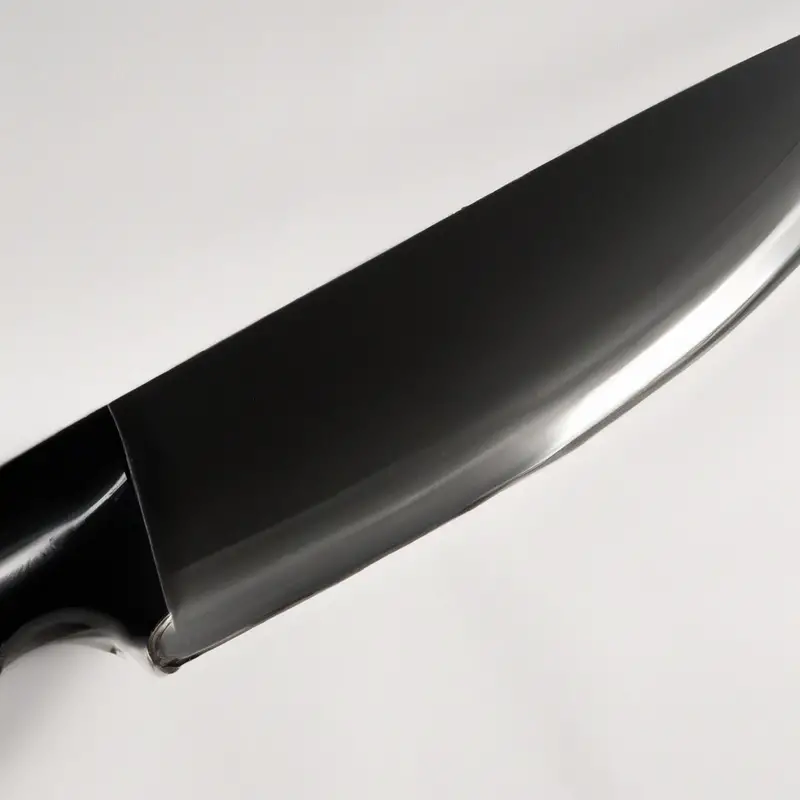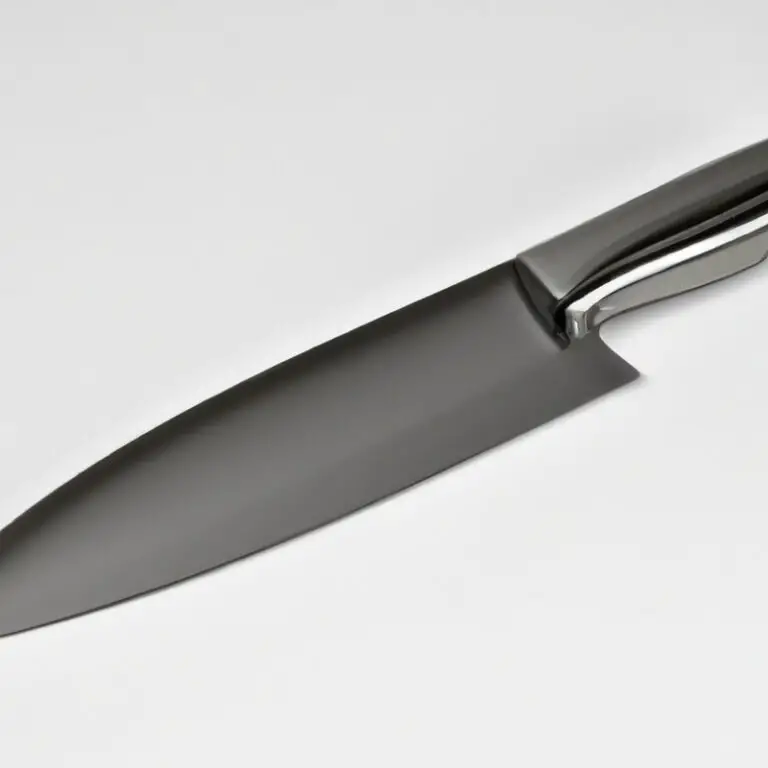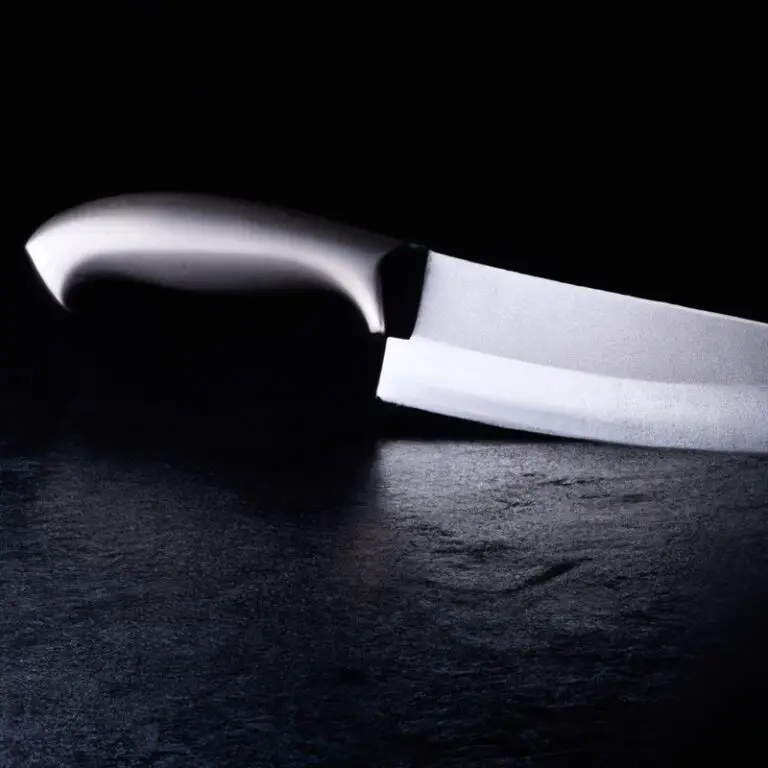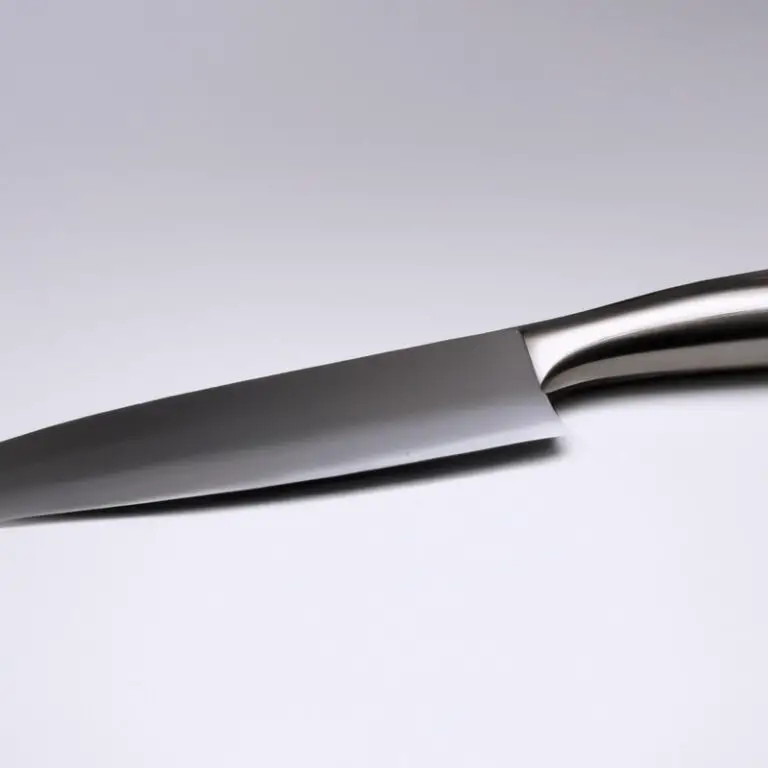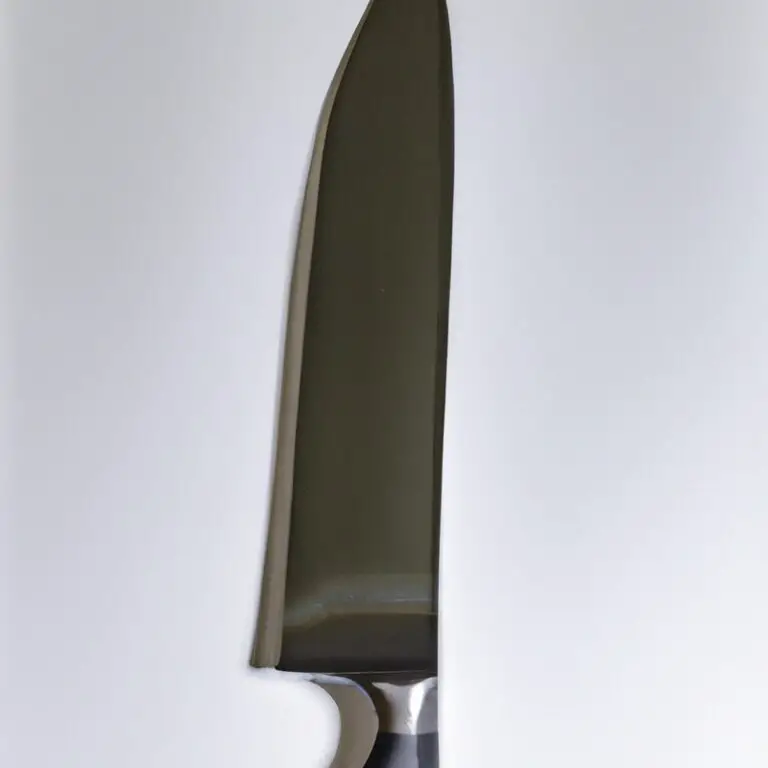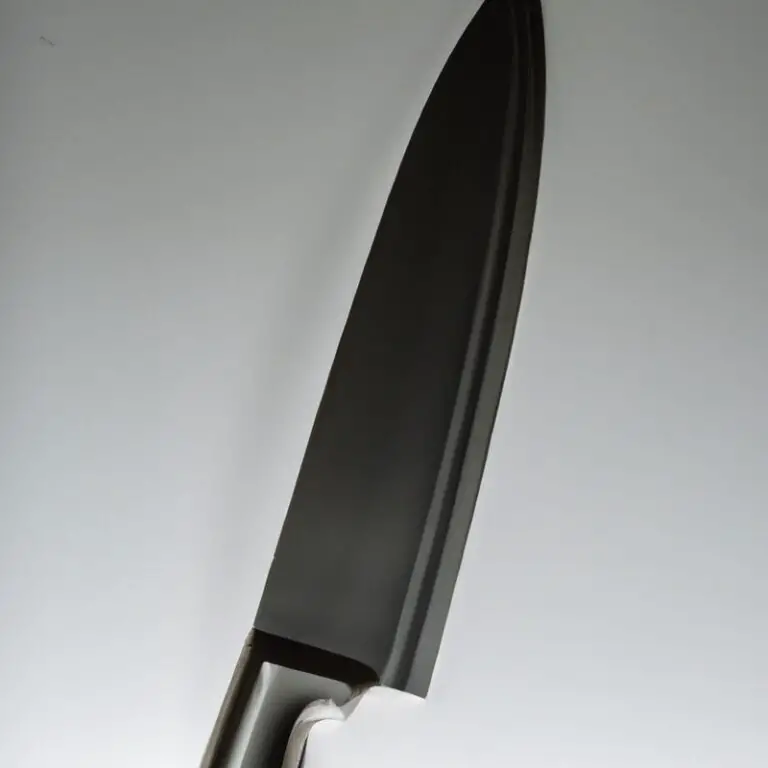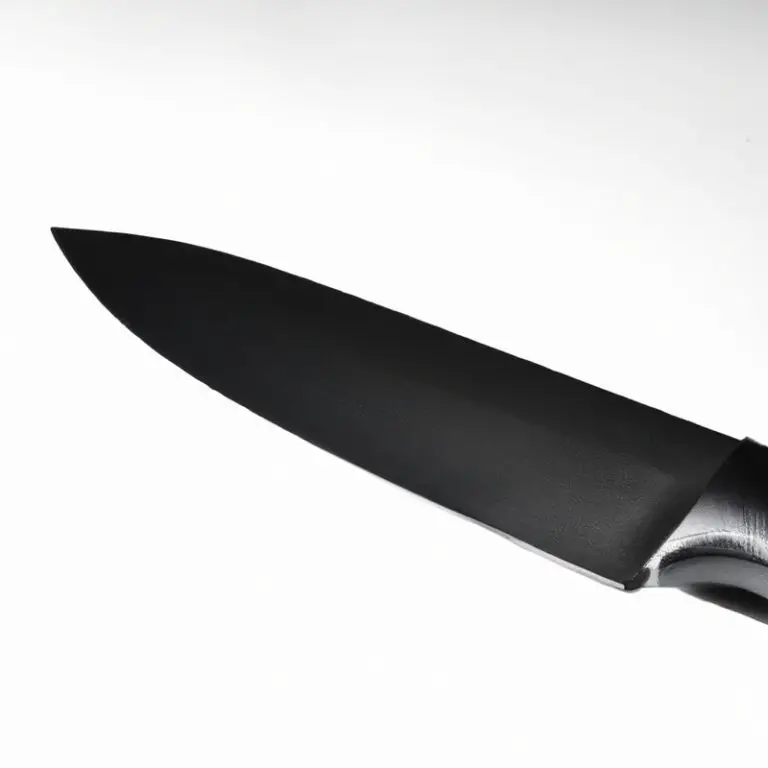How To Transport a Santoku Knife With a Knife Roll – Safely
Key Takeaways:
- To transport a Santoku knife safely, invest in a high-quality knife roll with individual pockets for each blade.
- Make sure the blade is clean and dry before storing it in the knife roll to prevent any damage or rust.
- Always wrap the blade in a protective sheath or cloth before placing it in the knife roll for added security.
- When traveling with your Santoku knife, pack the knife roll tightly in your luggage and avoid checking it in as it poses a risk of damage or loss.
Are you struggling to transport your Santoku knife without the risk of damage or injury? A knife roll is a handy solution to your problem.
However, the right transportation technique is paramount to keeping your Santoku knife in good condition and your fingers intact.
In this comprehensive guide, I will share with you indispensable factors to consider, safety tips, dos and don’ts, and the ideal placement of your Santoku knife in a knife roll. Learn how to prepare, transport, and store your knife for long-lasting use.
Let’s get started!
| Transporting a Santoku Knife with a Knife Roll |
|---|
| What is a Santoku Knife? |
| A Japanese chef knife with a shorter, wider blade than a traditional chef knife, designed for slicing, dicing, and chopping vegetables, fruit, and boneless meats. |
| Why Use a Knife Roll? |
| A knife roll protects the blade and makes transportation easier and safer, preventing accidents or damaging the blade. |
| How to Transport a Santoku Knife with a Knife Roll |
| 1. Clean and dry the blade thoroughly. |
| 2. Fold the knife roll in half to reveal the pockets. |
| 3. Slide the Santoku knife into one of the pockets, with the blade facing down and the handle up. |
| 4. Secure the knife by folding the flap over the blade and fastening the buckle or strap. |
| 5. Repeat with any additional knives. |
| 6. Close the knife roll and fasten any exterior buckles or straps. |
| 7. Transport the knife roll in a padded bag or container, away from other objects that may damage the blades. |
| Caution: |
| Never transport a knife in a knife roll that is damaged, has loose stitching, or has a buckle or strap that does not work properly. |
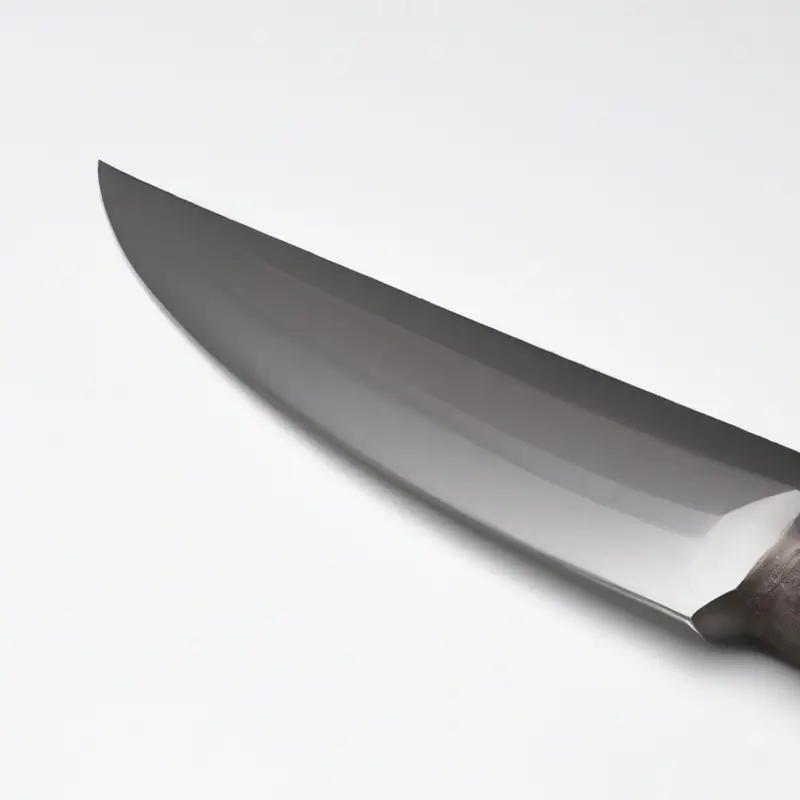
Choosing the right knife roll for Santoku transportation: A Comprehensive Guide
Choosing the right knife roll for Santoku transportation can be a daunting task, but it is crucial for the protection and preservation of your knife. When selecting a knife roll, consider the following factors:
- Material: Look for a sturdy and durable material that can withstand the rigors of travel, such as leather, nylon, or canvas.
- Size: Ensure that the knife roll is the right size to accommodate your Santoku knife comfortably. Avoid knife rolls that are too small, which can put pressure on the knife, or too big, which can cause it to shift during transport.
- Compartments: Choose a knife roll with dedicated compartments for your Santoku knife and other kitchen tools. This will prevent damage caused by contact with other sharp objects.
- Closure: Look for a knife roll that has a secure closure system, such as snaps, zippers, or latches, to ensure that your knife does not fall out during transport.
- Comfort: If you plan to carry the knife roll for extended periods, make sure that it has comfortable straps or handles for easy transportation.
By considering these factors, you can ensure that your Santoku knife is protected and secure while in transit.
Essential Factors to Consider before transporting your Santoku knife
Before transporting your Santoku knife, there are several essential factors to consider to ensure that it arrives at its destination safely and remains in excellent condition. Firstly, ensure that you choose a suitable knife roll designed explicitly for the Santoku knife.
Secondly, consider the ideal position and placement of your knife in the roll to prevent scratches, damages, or injuries.
Additionally, prepare your knife for transportation by cleaning it and ensuring that it is dry before packing it. It is also crucial to take necessary safety precautions to prevent injuries while transporting the knife.
Lastly, avoid using the wrong materials or inappropriate storage methods that may cause damages to the knife.
By considering and following these essential factors, you can transport your Santoku knife safely and efficiently.
The Ideal Position and Placement of Your Santoku Knife in the Knife Roll
The ideal position for your Santoku knife in the knife roll is with the blade facing downwards and the handle tucked underneath. This ensures that the weight of the knife is balanced and does not put pressure on the cutting edge.
Placing the knife in a vertical position or with the handle sticking out can damage the blade and put you at risk of injury.
It is important to also ensure that the knife is securely fastened in the roll to prevent any movement during transportation. Always double-check before transporting to ensure your Santoku knife is in its ideal position in the knife roll.
Preparing Your Santoku Knife for Transportation: Step-by-Step Guide
Preparing Your Santoku Knife for Transportation: Step-by-Step Guide.
- Clean your Santoku knife thoroughly with a clean, damp cloth.
- Dry the Santoku knife with a towel to ensure there is no moisture remaining on the blade.
- Apply a light coat of mineral oil or another food-safe oil to the blade to prevent rusting during transportation.
- Place the Santoku knife in a protective sheath or cardboard sleeve to prevent the blade from damaging the knife roll.
- Wrap the sheathed Santoku knife carefully in a soft cloth or paper towel to prevent any movement during transportation.
- Place the wrapped Santoku knife in the designated slot in the knife roll according to the manufacturer’s instructions.
- Secure the knife roll carefully, and make sure it is properly packed in your luggage to avoid any damage to the knife.
By following these simple steps, you will ensure the safe transportation of your Santoku knife and protect its sharp blade.
Safety Tips to prevent injury while transporting your Santoku Knife
Safety Tips to prevent injury while transporting your Santoku Knife:
- Never leave your knife unsecured inside the knife roll.
- Keep your knife tip covered with a blade guard or sheath placed inside the knife roll.
- Be careful when removing the knife from the roll and placing it back in.
- Make sure the knife roll is properly sealed and secured before transport.
- Always handle the knife with care and avoid any sudden movements that can cause injury.
- Store the knife roll in a safe place away from children and pets.
- Avoid overpacking the knife roll as it can damage your knife and increase the risk of injury.
- Check the condition of your knife before and after transportation to ensure it’s in good working order.
- If transporting multiple knives, make sure they are securely separated from each other to avoid any accidents.
The Dos and Don’ts of transporting your Santoku Knife in a Knife Roll
Dos:
- Do choose a knife roll with secure compartments to prevent blade damage.
- Do place your Santoku knife in a sheath before rolling it up in the knife roll.
- Do wrap the knife roll tightly to prevent it from opening and the knives from rattling around.
- Do store the knife roll in a safe and secure location during transportation.
- Do check your knife roll and its contents regularly to ensure everything is secure.
Don’ts:
- Don’t transport your Santoku knife without a sheath or cover.
- Don’t overload the knife roll with too many knives, which could damage the blades.
- Don’t toss or drop the knife roll during transportation, as this could lead to blade damage.
- Don’t store the knife roll near high heat sources or extreme weather conditions.
- Don’t forget to remove any dirt or debris from the blade before rolling it up for transportation.
The Proper way to clean and store your Santoku Knife after transportation
After transporting your Santoku knife in a knife roll, it’s important to clean and store it properly to maintain its sharpness and longevity. Here are some steps to follow to ensure you take good care of your knife: Cleaning:
- Wipe the blade with a soft, damp cloth after every use to remove any dirt or food residue.
- Avoid using abrasive cleaners or scrubbers that can damage the blade.
- If necessary, use a mild soap and warm water to clean the blade, but be sure to dry it thoroughly afterwards.
- Never leave your knife soaking in water or put it in the dishwasher.
Storing:
- Store your knife in a dry place to prevent rust or dulling of the blade.
- Consider investing in a protective sheath or blade guard to protect the blade during storage.
- Avoid storing your knife in a crowded drawer or with other objects that can scratch the blade.
- If you’re using a knife roll, make sure the knife is properly secured and not in contact with other knives or objects that can dull the blade.
Following these simple steps will help to ensure that your Santoku knife stays in great condition and continues to perform well over time.
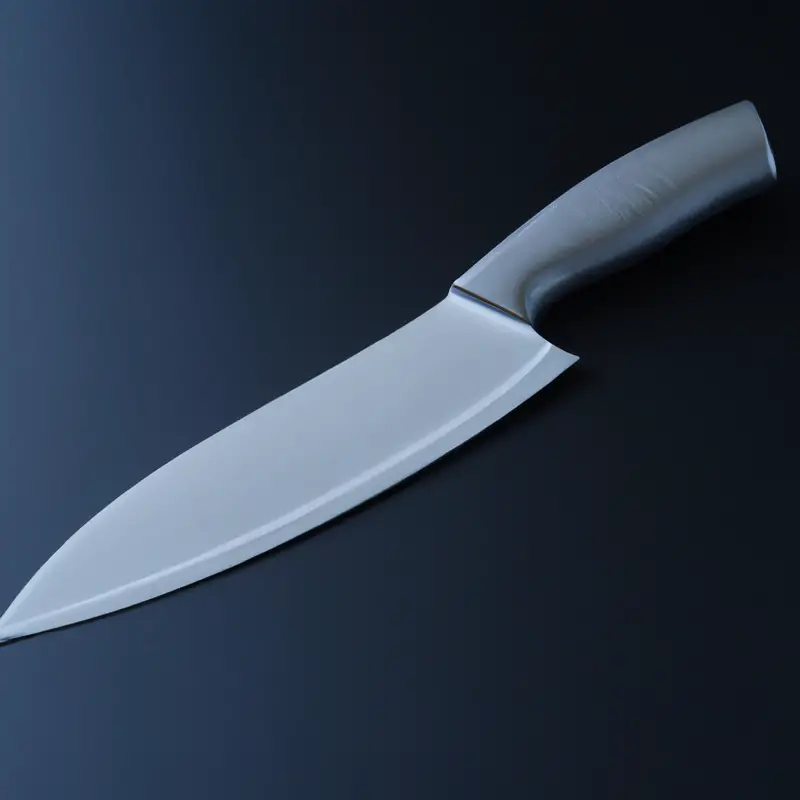
Materials to avoid using for transporting your Santoku Knife in a Knife Roll
When transporting your Santoku knife in a knife roll, certain materials should be avoided to prevent damage or dulling of the blade. Avoid using knife rolls made of hard or abrasive materials such as metal or hard plastic as they can scratch the blade.
Similarly, packing the knife roll with other metal utensils and tools can cause the blade to become dull.
Avoid using old and damaged sheaths as they may not properly protect the knife during transportation. Additionally, avoid using wet or damp cloths to wrap around the knife as it can cause rust or corrosion.
To ensure that your Santoku knife is transported safely, use a soft, non-abrasive material such as a towel or a sheath specifically designed for Santoku knives.
How to Check if Your Santoku Knife is still in good condition after transportation
After transporting your Santoku knife in a knife roll, it’s essential to check its condition before using it. Here’s how to do it:
- Inspect the blade for any nicks, chips, or cracks. Run your finger along the blade’s edge to feel for any imperfections.
- Check the handle for any loose screws, cracks, or other damage. Make sure it feels secure in your hand.
- Test the blade’s sharpness by gently slicing through a piece of paper or a tomato. If it feels dull or doesn’t make a clean cut, it may need sharpening.
- Make sure the knife is clean and dry before using it. If it’s still wet or has any residue on the blade, clean it with soap and water and dry it thoroughly.
Remember to handle your Santoku knife with care, as it is a sharp and delicate tool. Regularly inspecting your knife after transportation can help you catch any damage early and keep it functioning properly.
How to Keep Your Santoku knife sharp During Transportation for Efficient Use
To keep your Santoku knife sharp during transport, wrap it in a cloth or paper towel before placing it in the knife roll. This helps protect the edge from being dulled by contact with other blades.
Additionally, make sure the knife roll is not overpacked as this can cause knives to rub against each other.
Avoid tossing the knife roll around, and ensure the Santoku knife is secured in its designated pocket to reduce movement during transport. It’s also important to avoid exposing the knife to extreme temperatures or moisture during transport, as this can also damage the blade’s edge.
Once you reach your destination, inspect the blade for any signs of damage and hone it before use.
By following these steps, you can help keep your Santoku knife in top condition and ready for efficient use no matter where your culinary adventures take you.
Final Verdict
Transporting a Santoku knife with a knife roll requires careful consideration of various essential factors. By following the steps outlined in this guide, you can ensure optimal safety, protection and maintenance of your knife.
Remember to choose the right knife roll, position and place your Santoku knife correctly, and take precautionary measures to prevent injury.
Further, avoid improper cleaning and storage practices, unsuitable materials, and always check the condition of your knife before and after transportation. By implementing these insights, you can keep your Santoku knife sharp, functional and ready to use.
Trust us to provide you with reliable and expert advice on how to safely transport your knife with a knife roll to enhance your kitchen experience.

